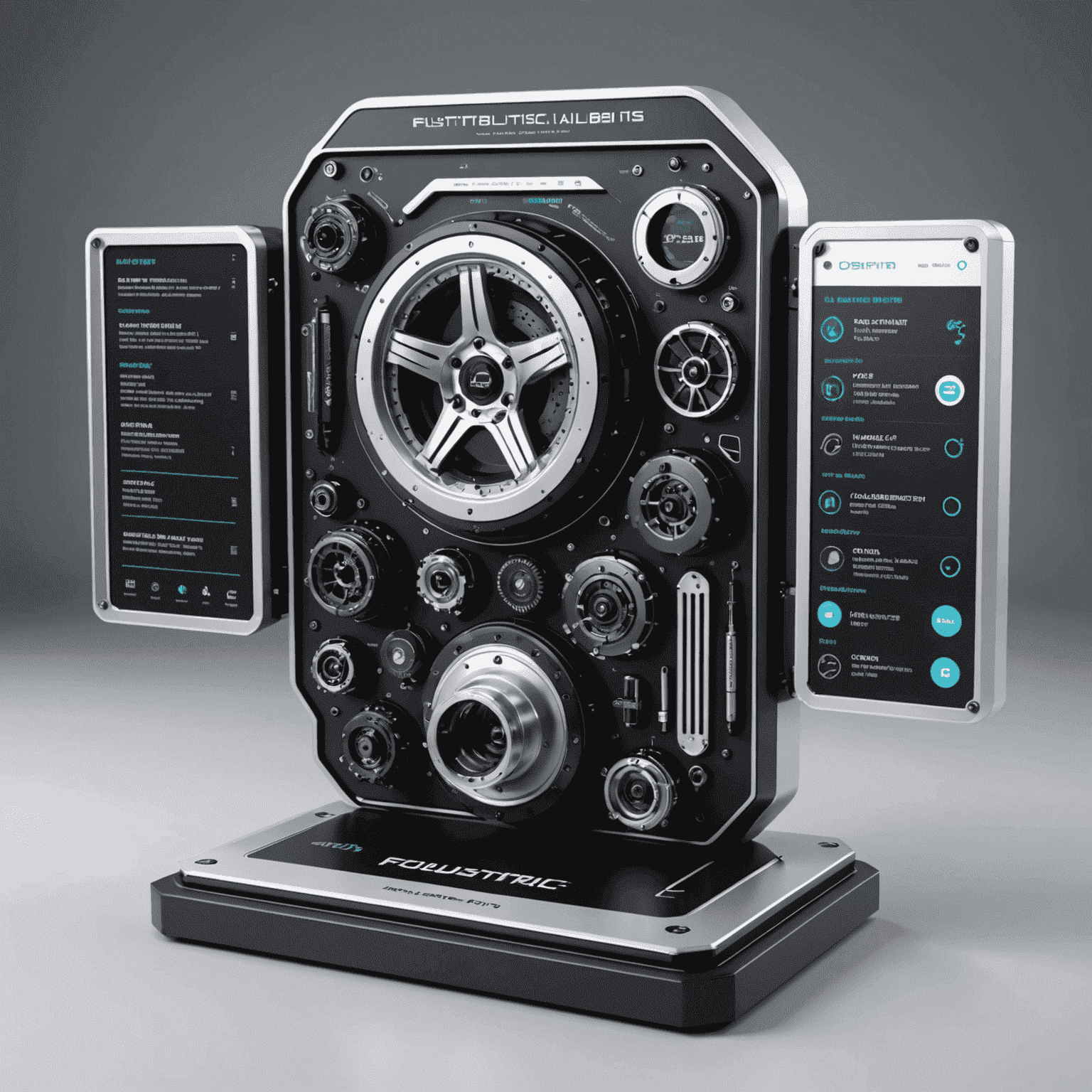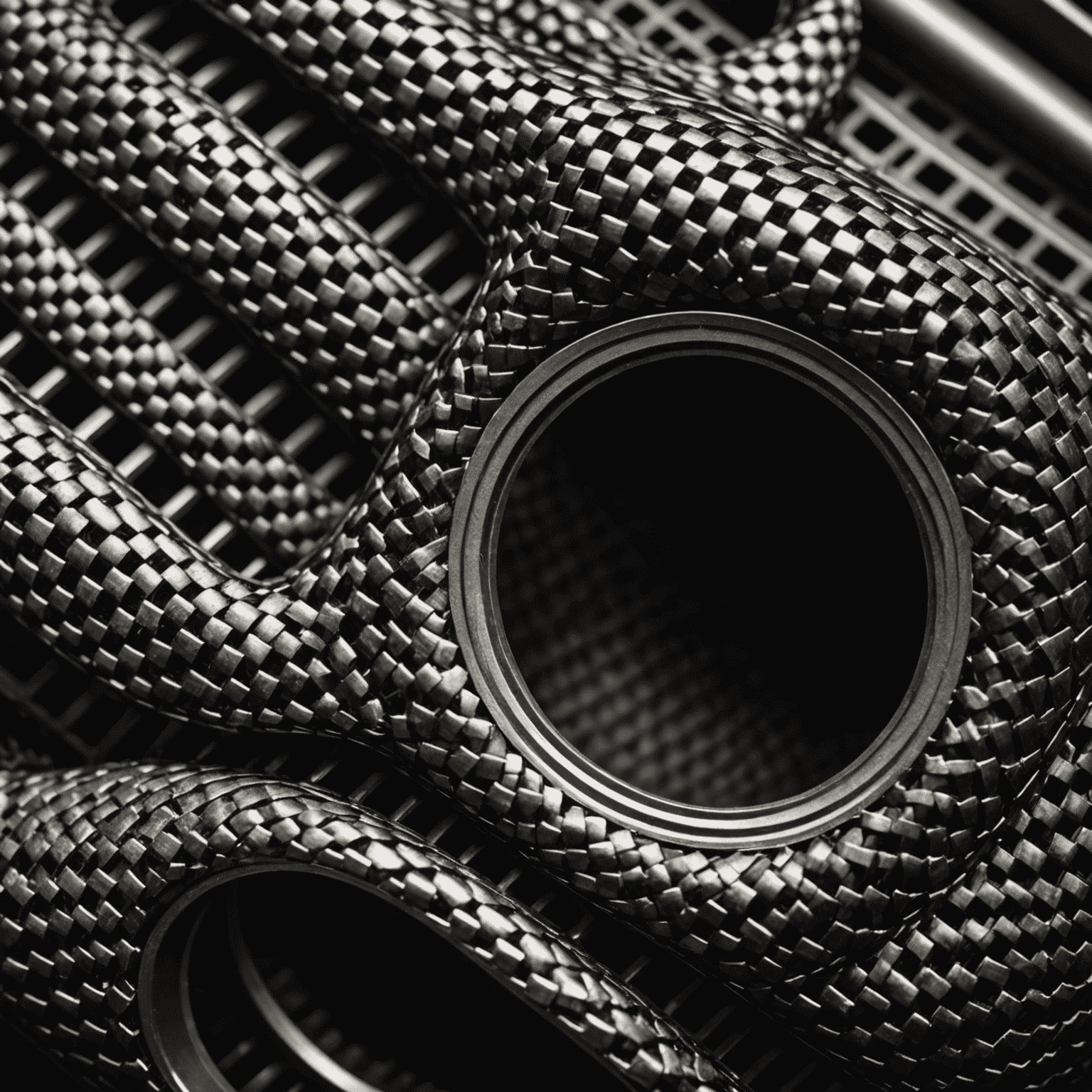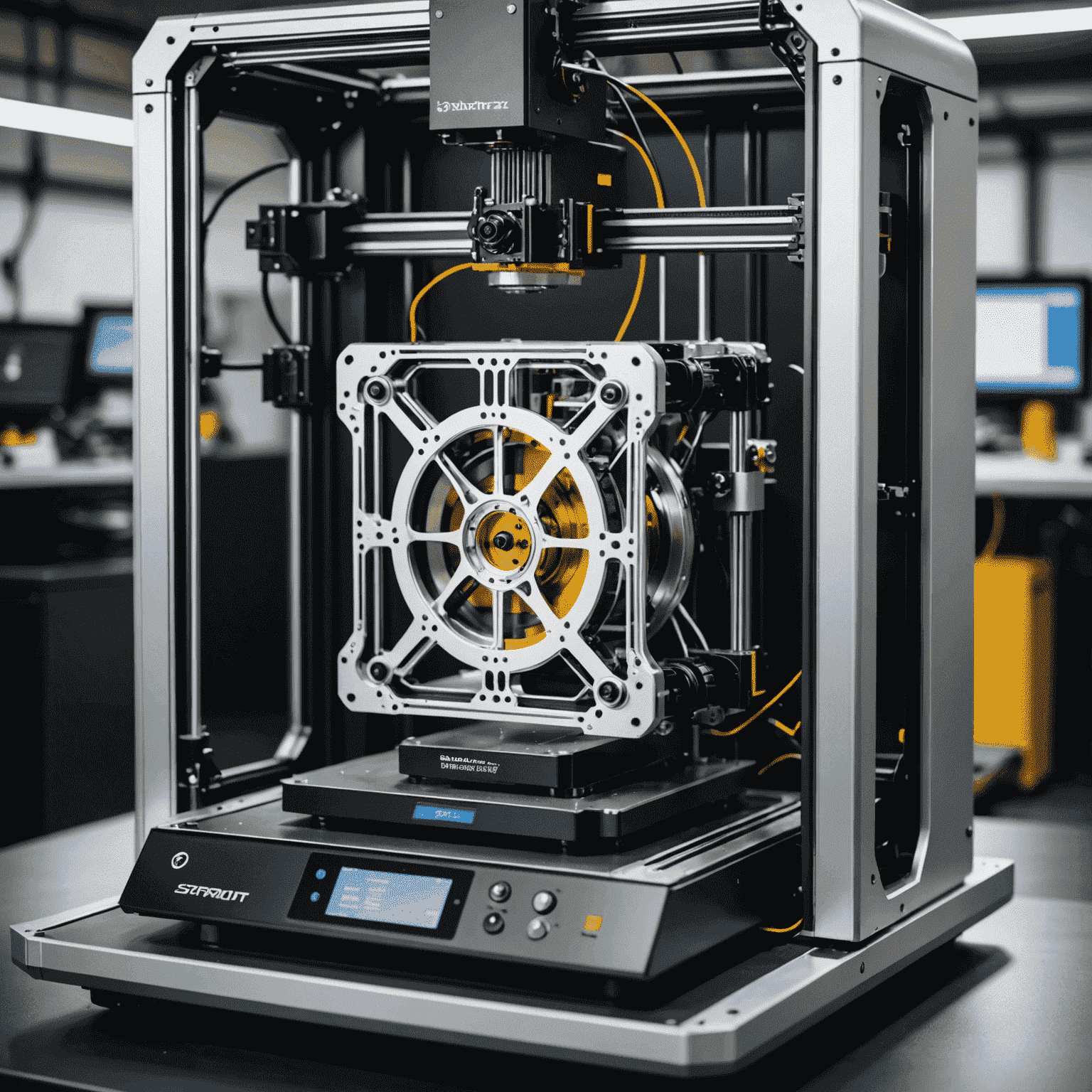Latest Auto Parts Innovations

The auto parts industry is experiencing a revolution, with cutting-edge developments transforming the way we think about vehicle components. From advanced materials to smart, connected parts, these innovations are shaping the future of automotive technology.
Advanced Materials
One of the most significant trends in auto parts innovation is the use of advanced materials. Manufacturers are now incorporating lightweight yet durable materials such as:
- Carbon fiber composites
- High-strength aluminum alloys
- Nano-engineered polymers
These materials not only reduce vehicle weight, improving fuel efficiency and performance, but also enhance durability and safety.

Smart Components
The integration of smart technology into auto parts is another groundbreaking development. These intelligent components offer enhanced functionality and connectivity:
- Self-diagnosing sensors for predictive maintenance
- Adaptive suspension systems that adjust to road conditions in real-time
- Smart brake rotors with built-in wear indicators
These smart parts not only improve vehicle performance but also contribute to increased safety and reduced maintenance costs.
3D Printed Parts
Additive manufacturing, or 3D printing, is revolutionizing the auto parts industry. This technology allows for:
- Rapid prototyping of new designs
- Production of complex geometries impossible with traditional manufacturing
- On-demand production of rare or discontinued parts
3D printing is particularly valuable for creating lightweight, high-strength components and custom parts for vintage or specialty vehicles.

Eco-Friendly Innovations
As environmental concerns take center stage, auto parts manufacturers are focusing on sustainable solutions:
- Biodegradable plastics for non-critical components
- Recycled materials in manufacturing processes
- Energy-efficient production techniques
These eco-friendly innovations not only reduce the environmental impact of auto parts but also appeal to environmentally conscious consumers.
Conclusion
The auto parts industry is at the forefront of technological innovation, constantly pushing the boundaries of what's possible. As these advancements continue to evolve, we can expect to see vehicles that are safer, more efficient, and more connected than ever before. Stay tuned to Vintnerdecency for the latest updates on auto parts innovations that are shaping the future of the automotive world.